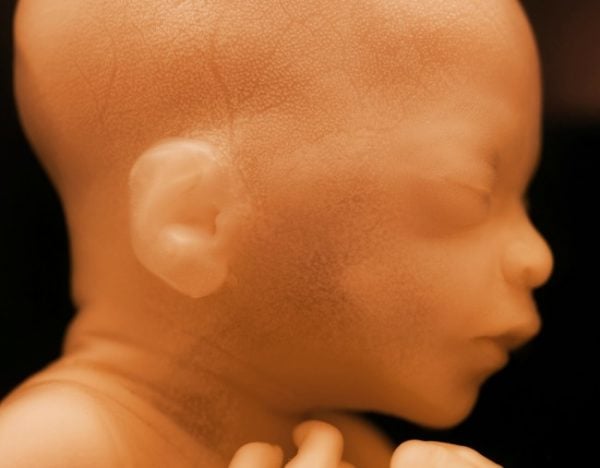
It’s long been known that unborn babies become accustomed to the sound of their parents’ voices.
Mothers and fathers take comfort in the fact they can sing or talk or play music for their children in utero and that, even though they may not be able to respond or provide feedback, the unborn child can hear everything that’s going on.
That’s sound. But how about sight?
When we think about the day-to-day happenings of an unborn foetus, the fundamental belief is that apart from slowly growing in the cosy environment of mum’s womb, they aren’t up to much. They’re all curled up, snoozing, probably with their eyes closed.
But a recent study suggests otherwise.
New research published in the medical journal Current Biology shows that foetuses in the third trimester of pregnancy have vision capabilities much more advanced than previously thought.
Vincent Reid, lead researcher in the study and Professor of Psychology at Lancaster University told How Stuff Works, “We have been able to explore the use of all the foetal senses except vision up until now.”
According to Reid, the newborn baby is very good at recognising human faces over any other shape. “It was logical to explore the development of this preference before birth.”
When can a newborn baby see as well as we can? And what does sight have to do with how dark your nipples are? A paediatrician explains, on Mamamia’s Year One podcast. POST CONTINUES AFTER AUDIO!
